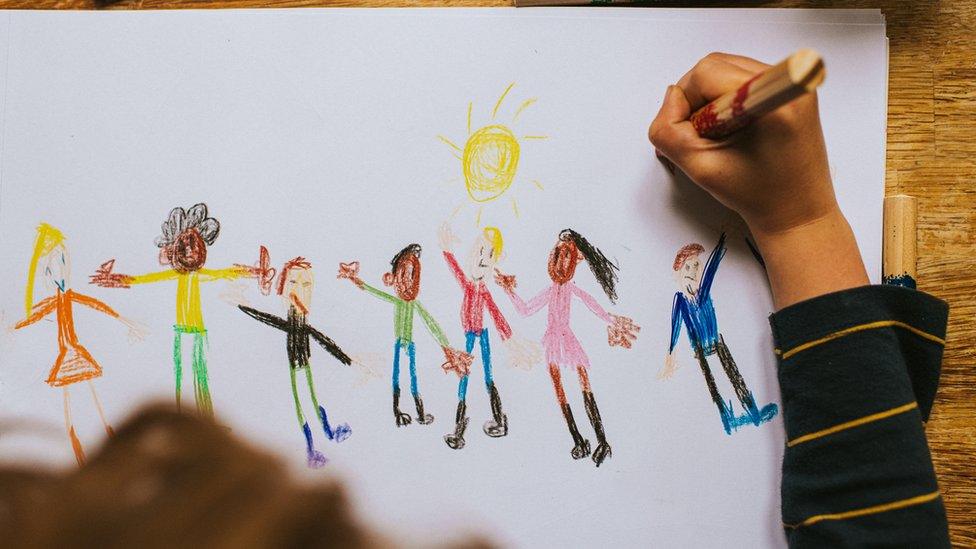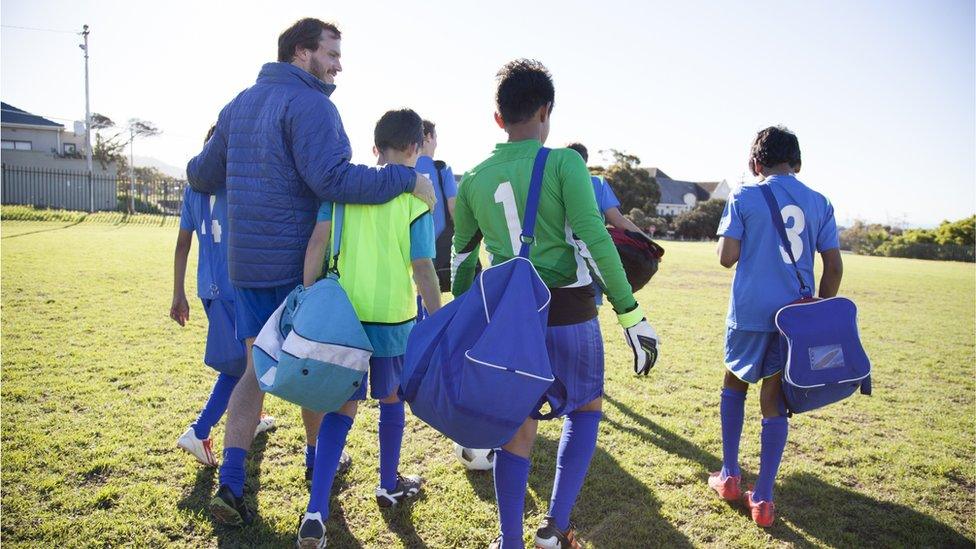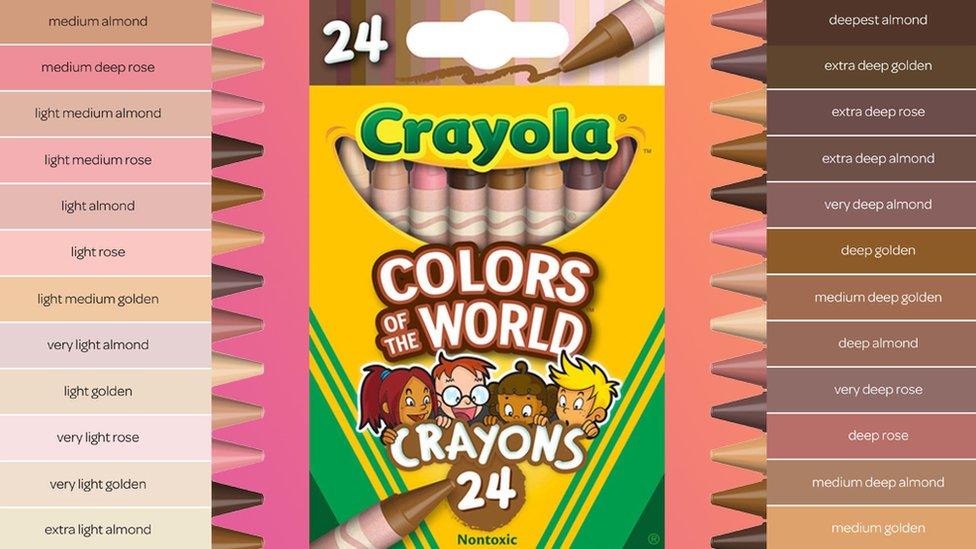What is colour blindness and how does it affect people?
- Published
- comments
What is colour blindness and how does it affect people?
Colour blindness, which is also known as colour vision deficiency (CVD), is a condition where people see colours differently to the majority of people.
It affects approximately one in 12 boys and one in 200 girls worldwide. In the UK, about 4.5 percent of the population, which means about three million people, are colour blind.
The condition can make it really difficult for a person to identify and tell the difference between various colours.
What causes colour blindness?

There are several different causes of colour blindness. For most people, the condition is genetic which means it is inherited from one of your parents. Because of the way we inherit our characteristics from our parents, boys are much more likely to get this passed on to them than girls.
Colour blindness can also develop later on in a person's life and it may be caused by certain diseases or illnesses, people getting older and also particular types of medication.
What are the different types of colour blindness?

Some people's eyes aren't able to detect any colour, although this is extremely rare
In our eyes we have colour detecting nerve cells called cones. These are sensitive to red, green or blue light. People who are colour blind either don't have some, or all, of these cells, or they may not work properly.
The majority of people with colour vision problems have something called red-green colour blindness. They may find at difficult to tell the difference between reds, greens, browns and oranges. They may also mix up blues and purples.
Others may have something known as blue-yellow colour blindness, although this is a lot less common. This can make it difficult for them to tell the difference between blue and yellow, violet and red, and blue and green. Colours may also appear more dull.
Achromatopsia is extremely rare. A person with the condition isn't able to see any colour at all. Instead, everything they see appears in shades of grey which range from black to white.
How might colour blindness affect people?

Some people with colour blindness may struggle when it comes to sport
People who are colour blind may have to deal with obstacles throughout their lives that people without the condition may never have even considered before.
For example, colour vision deficiency can impact children in the classroom if they're unable to tell the difference between colours while they're doing their work.
Some children may have to be verbally told the difference to help them out, but this can be difficult to memorise, especially if there are lots of colours to remember! This can cause some students to really struggle and it can affect their learning as whole.
Sport is another big area that can raise some issues for those with colour blindness, whether they're participating in games or watching them.
A person with colour vision deficiency taking part in a football match for example may struggle to tell the difference between the kits or coloured bibs their team and the opponents are wearing. This can make it really difficult for them to easily spot who is on their side and they may feel as though they aren't able to keep up with the game.
The same can also apply to people with colour blindness who are watching a sport where teams wear specific kits like football, rugby or basketball. They may find it hard to tell the difference between the coloured kits which can again make it difficult for them to follow and enjoy the game.
Colour blindness can impact lots of other areas of a person's life from shopping for food and clothes, to cooking, gardening and for adults, driving.
Even electrical items like computers and portable gaming devices often use red, orange and green lights to show when the battery is full and when it needs charging which can be problematic for those with colour blindness.
What have experts said about it?

School can also present challenges to children with colour blindness
Around 80 percent of children entering secondary school have never had a colour blind test, according to the non-profit group Colour Blind Awareness. Therefore, it can be really difficult for parents and teachers to identify children who might have the condition as many aren't being screened at school.
"Being colour blind can make some tasks much harder, especially in school, where it's easy to get confused about how to complete worksheets or to misunderstand what the teacher is trying to explain. People with colour blindness might not know they are colour blind and so may not know to ask for the help they need at home or from their teachers," Kathryn Albany-Ward who is the founder of Colour Blind Awareness told Newsround.
She believes it's important that children with colour blindness don't only tell adults what they're struggling with, but that they also physically show them.
Kathryn believes grown-ups can do things like labelling colouring pencils or pens, and in sport, they can opt not to use cones that colour blind people can't see in order to help out those who are struggling. She also feels children shouldn't feel afraid to speak up if they have the condition.
"It's important for all colour blind children to know that lots of other children are colour blind too and there will be plenty of other colour blind people in their school, so they shouldn't be embarrassed about speaking up and asking for help when they need it," Kathryn said.
- Published7 November 2020

- Published26 May 2020

- Published15 February 2015

